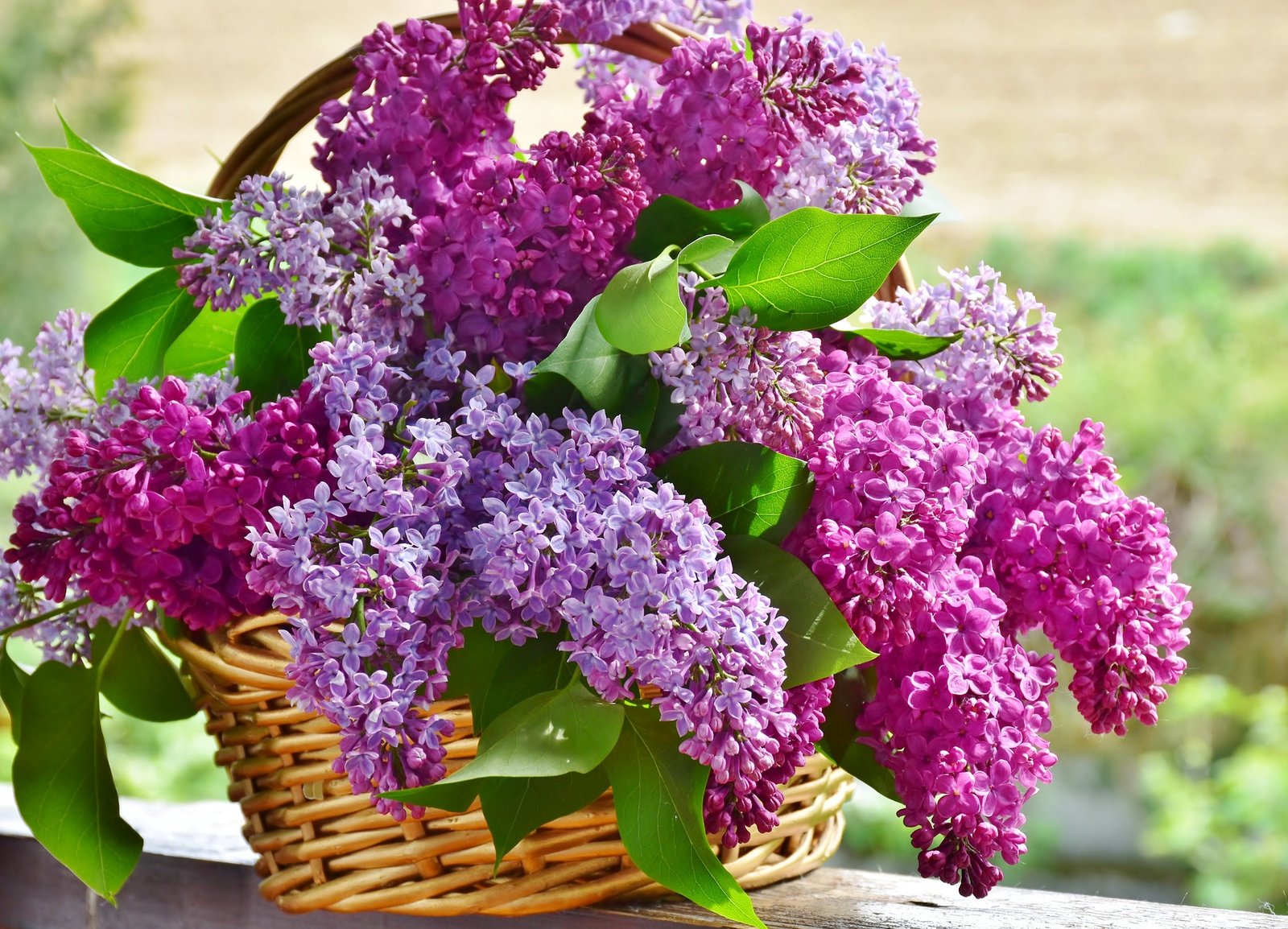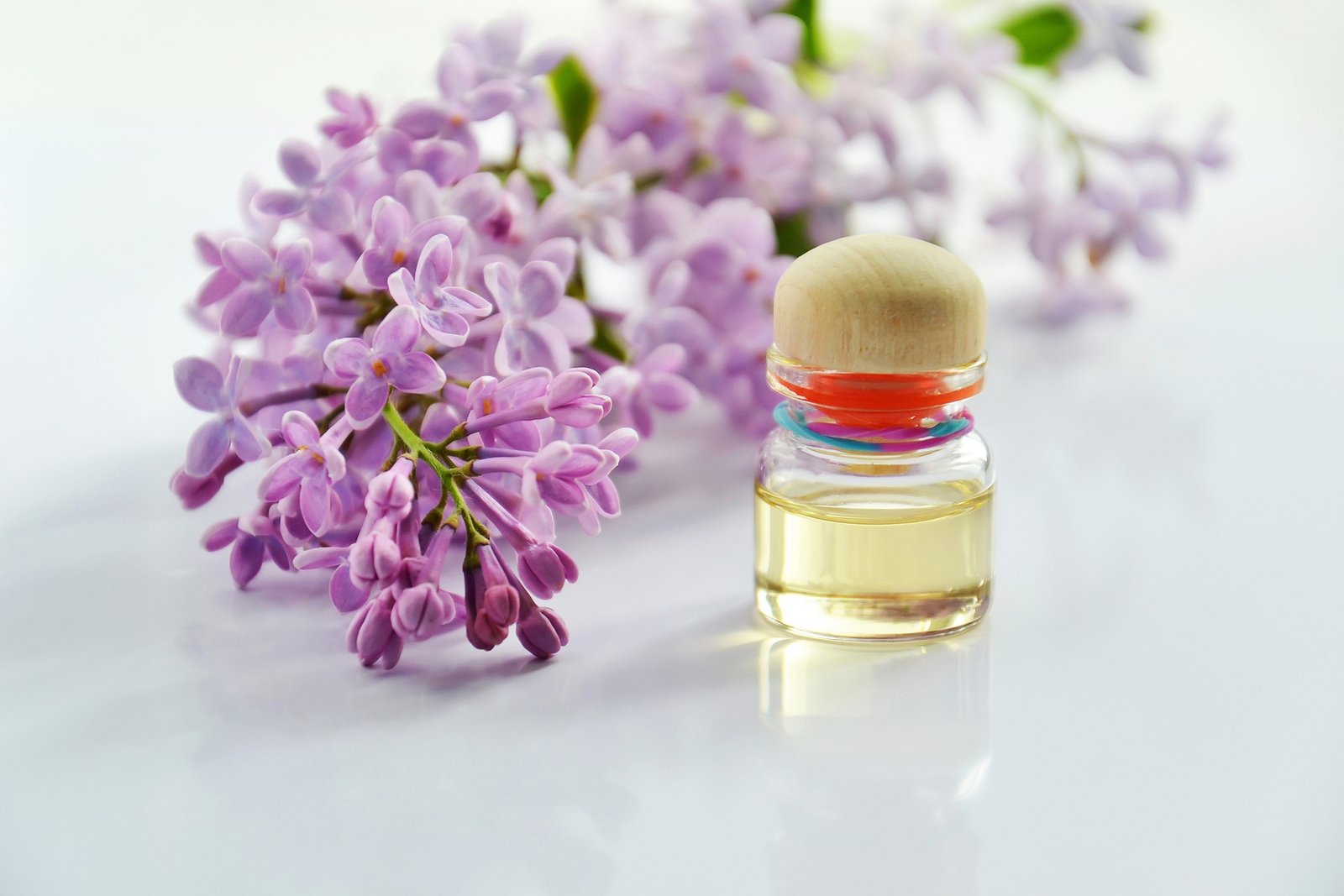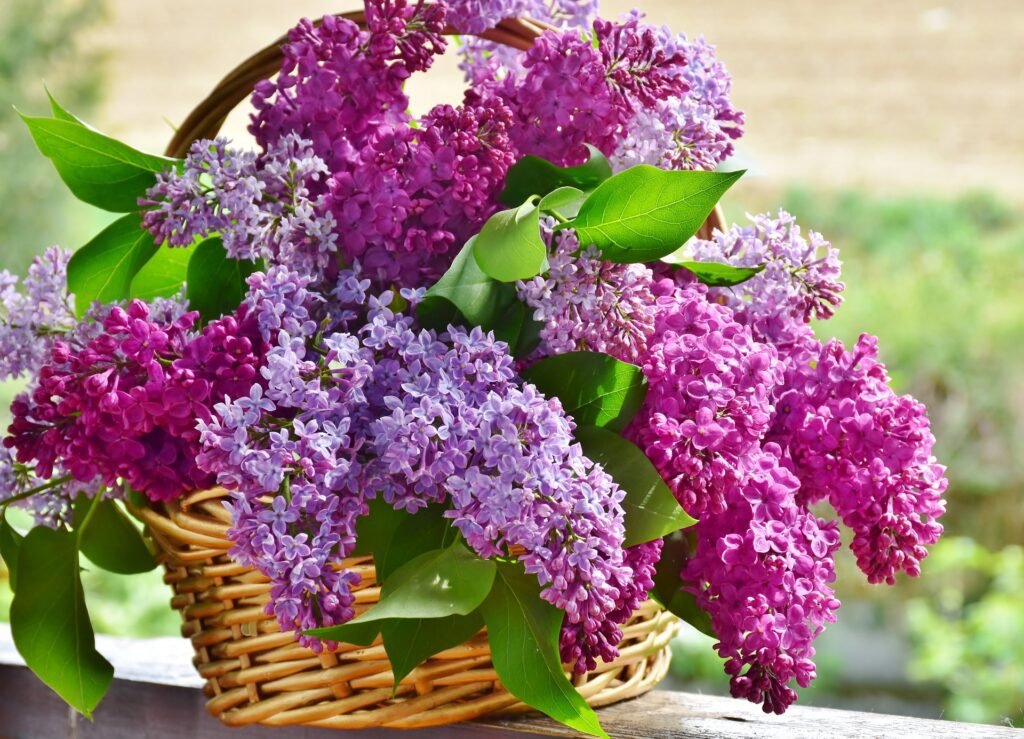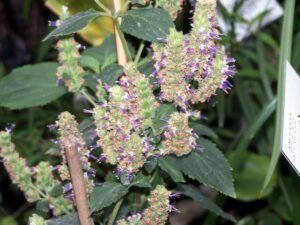Introduction
Incense has long captivated the human senses, serving as an integral part of rituals, meditation practices, and the art of creating ambiance. These aromatic sticks or cones are more than just room fresheners; they are a bridge to ancient traditions and spiritual dimensions. Today, we turn our focus to a particularly enchanting member of the incense family: lilac incense.
Why lilac? Well, this isn’t just another floral scent. Lilac incense embodies an extraordinary blend of heritage, aromatherapy, and sensory delight. The very name evokes images of vibrant purple blooms and the arrival of spring. If you’re intrigued by the idea of filling your space with this intoxicating aroma, you’re in the right place. This comprehensive guide is your one-stop resource for everything you need to know about lilac incense. Let’s dive in!
Table of Contents
What is Lilac Incense?
You’ve likely smelled various types of incense—perhaps the earthy tones of frankincense, the spicy allure of myrrh, or the calming notes of sandalwood. But lilac incense offers something distinctly enchanting. To savor its unique charm, we start at the beginning—the lilac plant. In this section, we will explore the plant’s origins and understand how artisans transform it into the incense that many love.
Understanding Lilac as a Plant
The lilac plant, formally known as Syringa vulgaris, naturally thrives on the rocky hills of the Balkan Peninsula. Cultivators have since adapted it to grow in diverse climates around the world. Every spring, usually from April to June, the lilac bush blossoms with clusters of small, fragrant flowers. These blossoms signal the arrival of spring, and they do so with both visual and aromatic fanfare.
But lilac offers more than sensory delight. Cultures around the world imbue it with meaning. For instance, in Eastern Europe, some traditions hold that lilac brings wisdom. In the Victorian era, the flower symbolized the innocence of first love. This cultural richness and botanical beauty make lilac an ideal candidate for incense production.
Lilac Incense: A Combination of Heritage and Aromatherapy
Making lilac incense is an art. It usually starts with extracting essential oils from the lilac flowers. These oils are then mixed with a base, typically wood powder or charcoal. Artisans shape this blend into sticks or cones and allow it to dry. The result? An aromatic masterpiece that encapsulates the essence of the lilac flower in a long-lasting form.
However, not all lilac incense is the same. Authentic ones use natural lilac essential oils. These natural oils deliver a scent that’s not only true to the flower but also complex in its aromatic profile. In contrast, synthetic versions often miss these nuances. Reputable brands like Shoyeido, Satya, and Nippon Kodo usually offer incense made from natural oils.
In essence, lilac incense serves as a bridge. It connects us to both nature and cultural history while providing avenues for emotional and spiritual well-being. Whether you’re using it for meditation or merely to freshen a room, lilac incense promises a multifaceted experience.

The History of Lilac Incense
You may have felt the alluring scent of lilac incense wafting through the air, but have you ever wondered how this fragrant delight came to be? To fully appreciate lilac incense, we must turn the pages of history and explore its origins. This section takes you on a journey through time, tracing the path of lilac incense from its earliest uses to its modern-day popularity. Get ready for an aromatic trip down memory lane.
Origins of Incense Usage
Before we delve into the history of lilac incense specifically, let’s first understand the general history of incense. Humans have used incense for millennia. It began as a religious and spiritual ritual, where communities would burn fragrant woods, herbs, and resins to connect with the divine. Temples in ancient Egypt, monasteries in medieval Europe, and shrines in traditional Asian cultures all utilized incense for this spiritual communication.
But incense had other uses too. In ancient medicine, particularly in Ayurvedic and Traditional Chinese Medicine, practitioners used incense for its supposed therapeutic benefits. Beyond that, the simple pleasure of enjoying a pleasant aroma has been a universal human experience.
Lilac in Folklore and Mythology
Now, let’s shift our focus to lilac itself. In Greek mythology, the lilac flower is often associated with Pan, the god of forests and fields. According to the myth, Pan was enamored with a nymph named Syringa. She transformed herself into a lilac bush to escape his advances, leading Pan to create the first panpipe from the lilac’s branches. This myth imbues the lilac flower with an element of enchantment and allure.
In various Eastern European cultures, lilac trees often feature in folklore as protectors of homes and gardens, believed to bring good fortune and ward off evil spirits. This cultural backdrop adds another layer to the significance of lilac incense, linking it to myths and beliefs that go beyond its sensory appeal.
Evolution of Lilac Incense
Lilac’s transition from folklore and mythology to a staple in incense occurred over centuries. Initially, people primarily used it for its visually pleasing blossoms and aromatic fragrance in gardens and floral arrangements. However, once the methods for essential oil extraction became more sophisticated, the production of lilac incense began to flourish.
In the early 20th century, with the advent of globalization and more efficient shipping methods, lilac incense began its journey from a regional specialty to a globally recognized aroma. Today, it stands as a popular choice among incense aficionados and casual users alike, enjoyed for its unique blend of sweet, floral notes and cultural richness.
The Aromatic Profile of Lilac Incense
So, you’ve learned about the captivating origins of lilac and its transformation into incense. Now, let’s get to the heart of what makes lilac incense truly irresistible: its aromatic profile. A scent is more than just a smell—it’s a complex combination of notes that create an experience, evoking emotions and memories. In this section, we’ll dissect the aromatic nuances that make lilac incense stand out among the crowd. Prepare for an olfactory journey.
Understanding Scent Notes
Before we delve into the specific aromatic profile of lilac, it’s crucial to grasp some fragrance basics. Most scents comprise three types of notes: top notes, middle notes, and base notes. The top notes are what you smell immediately upon encountering a fragrance. They’re usually bright and volatile, evaporating quickly. The middle notes, also known as the “heart” of the fragrance, emerge as the top notes dissipate. Finally, the base notes are the last to develop, providing the underlying tone that lingers long after the fragrance has been applied.
The Top, Middle, and Base Notes of Lilac Incense
Now, let’s apply this understanding to lilac incense. When you first light a stick or cone of lilac incense, the top notes burst forth. These are typically bright, floral accents, mimicking the initial impact of smelling a fresh lilac bloom. As the incense continues to burn, the middle notes emerge. You’ll notice a softer, more complex bouquet here—a mixture of sweet florals and slightly green undertones. Finally, the base notes come into play. These often contain woody or resinous elements, which ground the fragrance and lend it a lasting richness.
Emotional and Sensory Responses to Lilac Incense
Scents do more than just smell good; they trigger emotional and sensory responses. Lilac, with its unique combination of notes, tends to evoke feelings of nostalgia, peace, and happiness. It’s no surprise that many people associate the smell of lilac with early spring, a time of renewal and new beginnings. Moreover, the floral sweetness of lilac often resonates with people as comforting, sometimes even reminding them of past experiences or locations that have a sentimental value.
A Comparison with Other Floral Incenses
If you’re a fan of floral incenses, you might wonder how lilac stands apart from others like lavender, rose, or jasmine. While all floral incenses share a certain botanical essence, each has a unique profile. Lavender is known for its calming, herbaceous qualities. Rose incense often carries a deep, romantic richness. Jasmine frequently exudes a sensual, exotic aroma. In contrast, lilac offers a perfect balance of fresh floral notes and sweet, comforting undertones, making it a versatile scent suitable for various settings and moods.

The Benefits of Lilac Incense
Having taken the scenic route through the intricate tapestry of lilac incense’s history and its complex aromatic profile, we now arrive at arguably one of the most pivotal aspects of our discussion: the benefits. At face value, you may perceive incense as merely an aromatic luxury, but it is so much more. In this section, we will meticulously break down the physiological, psychological, and spiritual benefits of using lilac incense. Trust me, by the time you’re done reading this, you’ll view each incense stick or cone as a small but mighty powerhouse of holistic well-being.
Physical Benefits
Air Purification: A Scent with Utility
Many are unaware that natural incense can function as a mild air purifier. When burned, high-quality lilac incense made from natural materials releases a fragrant smoke that neutralizes odors in its immediate environment. While it’s crucial to note that incense isn’t a replacement for industrial air purifiers, it offers a natural avenue to freshen your living spaces. This is especially useful in settings where there’s limited airflow or persistent odors, such as small apartments or rooms without windows.
Aromatherapeutic Qualities: The Health Angle
Let’s not forget the potential aromatherapeutic advantages. Quality lilac incense made from genuine lilac essential oils contains active phytochemicals. These natural compounds interact with our olfactory system, often encouraging a mild relaxation response. While not a substitute for medical intervention, the soft floral aroma can serve as a complementary practice to relieve everyday stress, tension, and mental fatigue.
Emotional Benefits
Elevating the Mood: Scent as an Emotional Catalyst
It’s no hyperbole to say that lilac incense can act like a burst of sunshine for your mood. Its unique blend of floral and slightly green notes tend to have an uplifting effect, ameliorating transient feelings of sadness or emotional imbalance. Imagine returning home after a challenging day and lighting a stick of lilac incense—the room fills with a comforting aroma, instantly setting a different emotional tone.
The Power of Nostalgia: Time Travel Through Scent
Scent is among the strongest triggers for memory and emotional recall. The smell of lilac incense can act as a time machine of sorts, transporting you back to cherished moments—perhaps springtime in your childhood home’s garden or a significant event marked by the aroma of fresh lilacs. This emotional resonance can offer a profound sense of comfort, a mental and emotional reprieve from the stresses of the present.
Spiritual Benefits
Meditation and Mindfulness: An Aid to Inner Focus
The spiritual importance of incense dates back millennia, featuring in religious and mystical traditions worldwide. When used in meditation or mindfulness practices, the rising smoke and lingering scent of lilac incense can deepen your focus and facilitate a transcendent experience. It’s akin to setting the stage, preparing your mind and spirit for a journey within.
Connection to Tradition
We’ve discussed how lilac incense has roots in various cultural traditions and mythologies. Using it today can serve as a spiritual tether, a way to connect or reconnect with belief systems that may have been part of your cultural or familial upbringing. It’s a beautiful blend of past and present, a way to honor ancient wisdom while applying it in a contemporary setting.
The Sum of Its Parts
All these individual benefits coalesce into a larger, holistic impact on your well-being. Through purifying the air, lilac incense improves your living space. Its aromatherapeutic qualities offer potential health enhancements. On an emotional level, it uplifts, comforts, and connects you to cherished memories. Spiritually, it facilitates deeper practices and connects you to long-standing traditions.
Conclusion
As we draw this comprehensive exploration to a close, it’s clear that lilac incense is not just a simple aromatic indulgence; it’s a multifaceted experience with historical, physical, emotional, and spiritual dimensions. We’ve traced its journey from historical roots that weave through various cultures to its complex and captivating aromatic profile. Along this voyage, we’ve unearthed the tangible and intangible benefits that go beyond just scenting a room. From purifying your immediate environment to serving as an emotional and spiritual catalyst, lilac incense has proven itself to be a little marvel in stick or cone form.
In a world where immediacy often overshadows quality and where the superficial can eclipse depth, the slow, intricate burn of lilac incense offers an invitation—a call to delve deeper, not just into the sensory experience it offers, but also into your own life. It’s a reminder that even in our fast-paced world, there’s room for traditions that span millennia and experiences that reach into the depths of our souls.
Frequently Asked Questions (FAQs)
What are the Main Components of Lilac Incense?
Typically, lilac incense comprises a core stick or cone made from combustible material, coated with a mixture of lilac essential oil and aromatic compounds. Quality matters; always look for incense made with natural ingredients.
How Long Does a Stick or Cone of Lilac Incense Last?
The duration can vary depending on the brand and the size of the stick or cone, but on average, a stick of lilac incense burns for approximately 30 to 45 minutes.
Is Lilac Incense Safe for Pets?
While the aroma may be pleasant for humans, caution is advised if you have pets, particularly birds or cats with sensitive respiratory systems. Always ensure good ventilation and consult your veterinarian for specific advice.
Can Lilac Incense Help with Sleep?
Though not a substitute for medical advice or treatment, the calming and soothing aroma of lilac incense has been reported by some users to aid in relaxation before sleep.
Where Can I Buy Quality Lilac Incense?
Quality is key. Specialty stores that focus on incense and spiritual supplies often offer a wider range of quality options compared to generic department stores. Online marketplaces also offer numerous choices, but pay attention to user reviews and ingredient lists.
Can I Make Lilac Incense at Home?
Yes, making lilac incense at home is possible if you have access to natural lilac flowers and essential oils. However, it’s a complex process that requires a good understanding of ingredients and ratios. Exercise caution and do thorough research before attempting.





